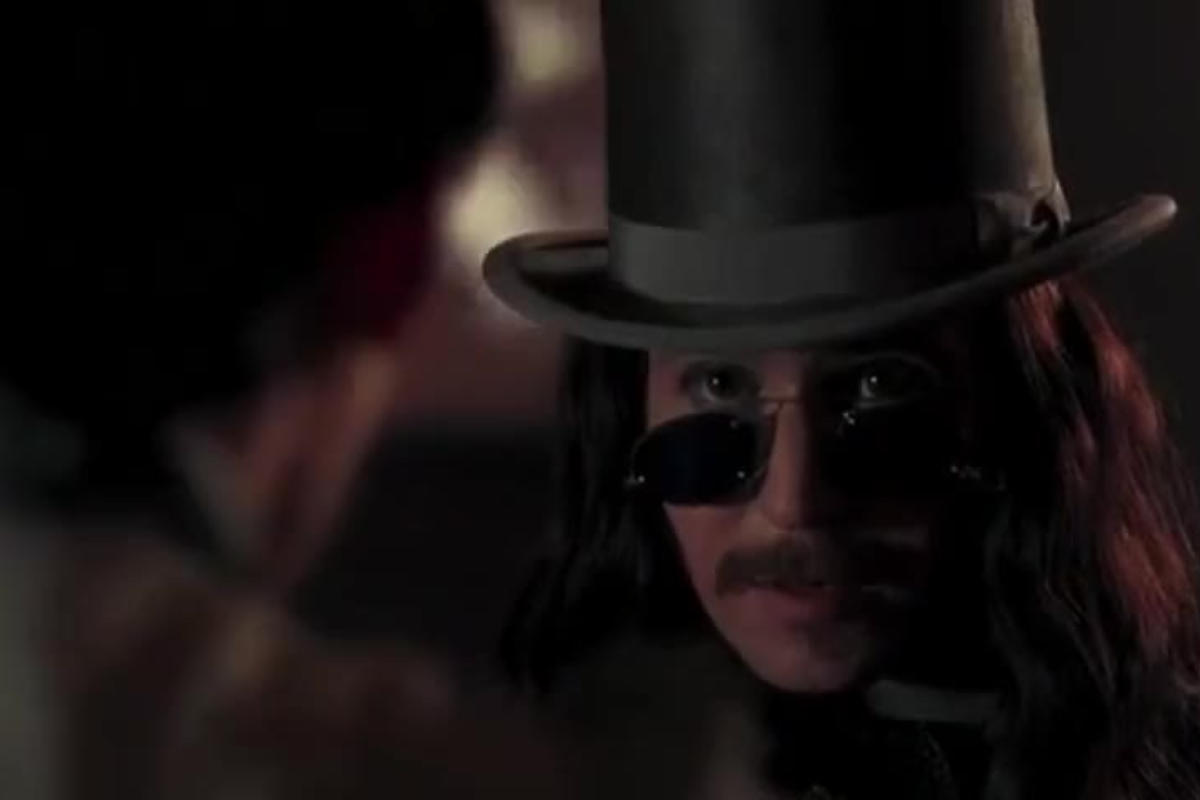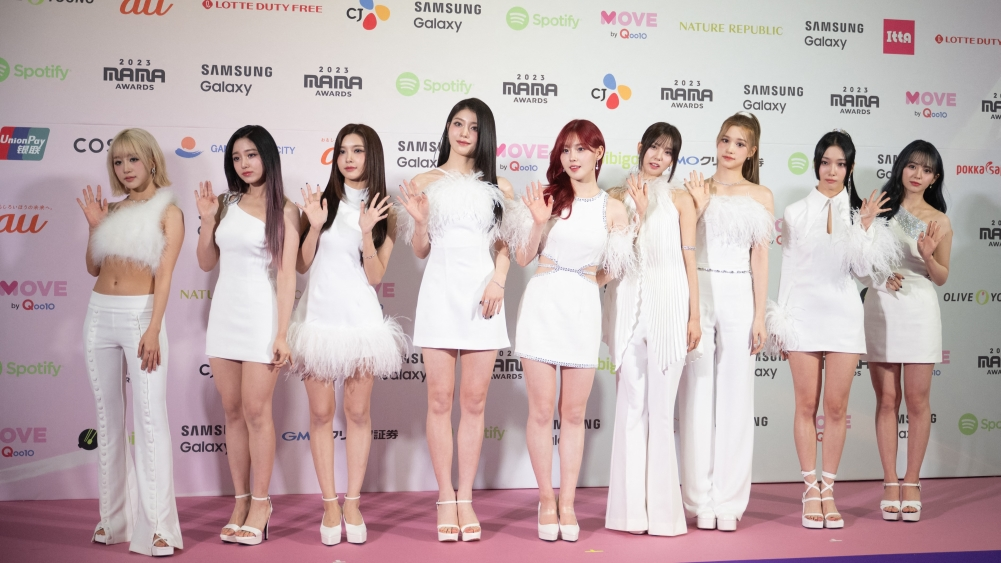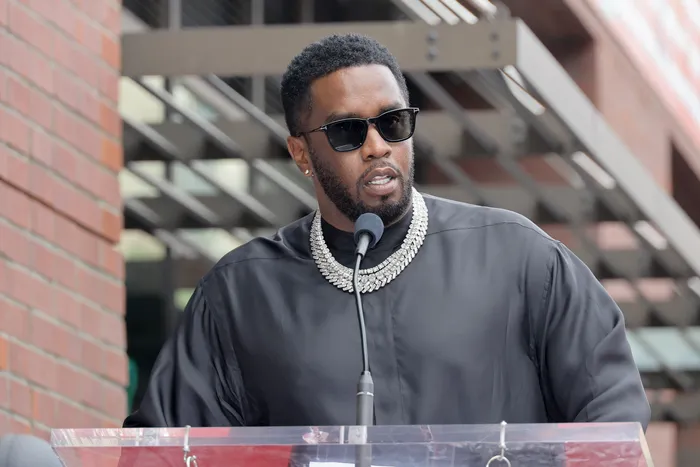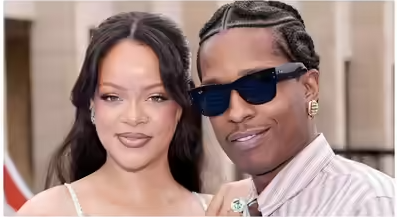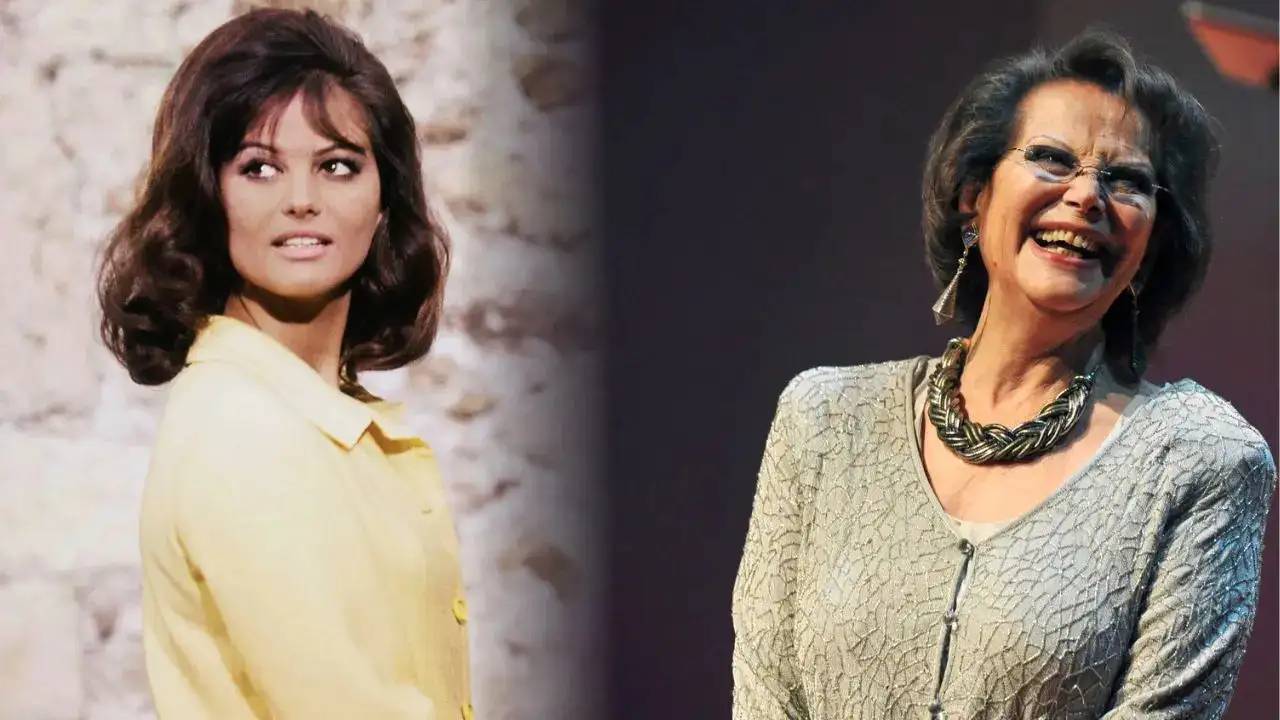- Bram Stoker’s Dracula created popular vampires of today.
- People are questioned about their opinions about vampires in movies and television.
- Bram Stoker’s Dracula uses romantic themes to pay homage to the original novel.
Bram Stoker’s Dracula: The days when the concept of a vampire alone conjured up images of a pasty, widow-peaked demon or a startlingly bony Nosferatu lurking in the dark are long gone.
These days, when people are questioned about their opinions about vampires in movies and television, we are more likely to hear that they have a deeply romanticized view of those who feed on human blood.
Modern vampires are more than just eerily pale individuals who prefer high-collared capes and dislike garlic. Vampires are attractive and fashionable, as we have seen in more recent additions to Hollywood vampire legend like HBO’s True Blood and Jim Jarmusch’s Only Lovers Left Alive.
And who among them should be the most fashionable, but Count Dracula, the ruler of all vampires? The 1992 movie Bram Stoker’s Dracula, directed by Francis Ford Coppola, is one of the most notable representations of a “re-vamped” Count.
In how it uses romantic themes to pay homage to the original novel and gives its titular character a new afterlife as a love interest, Coppola’s extravagant cinematic adaptation of the classic book is still remembered today as one of the most influential retellings of Stoker’s gothic tale.
Gary Oldman gave a beautifully dedicated performance as the main character, and the film’s lavish visual direction helped a younger generation of viewers develop sexual ideas towards vampires. The ambition to put a new spin on a dated classic was at the very heart of the movie’s conception.
Screenwriter James V. Hart was motivated to pick up Stoker’s Dracula during a period of revived interest in vampires, which was largely sparked by Anne Rice’s 1976 novel Interview with a Vampire. He was fascinated by what he read, so he immediately started working on a passion project to bring Dracula’s immortal spirit back to the big screen in a way that audiences hadn’t seen before.
Hart was disappointed by how the more romantic aspects of the original work were dropped in earlier film versions. The most well-known of these adaptations is perhaps the 1931 Dracula, starring the renowned Bela Lugosi and adapted from a theater play that was suppressed in the 1920s rather than directly from Stoker’s novel.
Hart’s adaptation of the tale, in contrast to most of its predecessors, pays homage to the original work and brings the spotlight back to Dracula as a romantic character who has “crossed oceans of time” in search of an unrequited love.
As Vlad the Impaler in his mortal life, the Count is depicted in the opening moments of the movie as a hero engaged in combat with the Ottoman Empire. His blood-red armor, created by the talented Eiko Ishioka, functions on its own as a surrealist set piece and satisfies Coppola’s requirements for creating the atmosphere of a “erotic dream” in the gothic story.
With its overlapping plates striated like the sinews of muscles and tendons, the armor conjures a preoccupation on the carnal. The clothing offers as evidence that this Count isn’t afraid to wear his feelings on his sleeve and is actually a source of pride. In the midst of combat, his willingness to wear his insides on the outside is both his strength and his downfall.
Vlad’s fragility is brought to the forefront when, tragically, his wife Elisabeta (Winona Ryder) commits suicide after getting the wrong idea that Vlad had been killed in battle. In the midst of his despair, Vlad rejects God, curses the sky, and eventually turns into a vampire. The Count’s position in this rendition as a character who appeals to the hopeless romantics among viewers is cemented by the way that this particular form of loss serves as his birth tale.
The Count still dwells in his Transylvanian castle after centuries have passed, but has exchanged his armor for a lavish red robe that would even make Hugh Hefner blush. The Count notices the eerie resemblance between Mina Harker (also Winona Ryder), Jonathan’s fiancée, and his love Elisabeta when Jonathan Harker (Keanu Reeves), a well-intentioned solicitor, pays him a visit.
Because Mina represents Elisabeta, we empathize with Dracula as a lovelorn being whose obsession with Mina is motivated by more than just a need to be with his soulmate. Their love bond is all the more powerful for having endured hundreds of years.
Coppola’s Dracula stands in stark contrast to the various retellings that came before it because of its emphasis on the star-crossed romance between Dracula and Mina. Gary Oldman’s portrayal of the titular vampire exposes us to a version that craves to love and be loved instead of being depicted as a Count that is a repulsive and solitary creature as he has been in many previous renditions.
While many applaud Oldman’s dedication to playing Stoker’s renowned Count faithfully, it is the emotional depth he delivers to the role that makes it one of the most memorable performances of all time. It makes Dracula even more endearing to us mere mortals to see echoes of humanity in Oldman’s portrayal of the vampire, grasping for any meaningful remnant of his former existence. It also helps us understand why so many people started becoming attracted to Sanguinarians in the modern era of television and film.
Tom Sander’s lavish production design and the movie’s almost sole reliance on sound stages enhance the romance by giving it a picture-book aesthetic that makes it seem like a lavish adult fairy tale. Throughout the entire movie, Ishioka’s Oscar-winning costume designs keep us spellbound by the Count’s appeal.
He captivates us with his muscle-toned armor, flowing robe, and queenly heart-shaped bouffant, but he also makes a stylish entrance in the streets of London in broad daylight while wearing a top hat that allows his dark, lustrous hair to fall down the back of his sharp gray suit. To protect himself from those bothersome UV rays, he finished off this appearance with a chic pair of pince-nez sunglasses that are cobalt in color.
Given that he is wearing sunglasses, this vampire is not the type to writhe and combust at the first hint of sunlight, giving the idea of the “cool” vampire a whole new meaning. The film’s directing, which is slick and visually appealing, shows how Coppola rose to the challenge of bringing Hart’s idealized interpretation of Stoker’s character to life, with a rich aesthetic that matched the ageless nature of his soul.
The iconic Bela Lugosi and Max Schreck’s terrifying portrayal as Count Orlock in Nosferatu should not be overlooked, but it is obvious that the general public’s perception of vampires has changed through time, changing from one of blood-sucking menaces to one of mysterious and sensual beings. When we watch and analyze Coppola’s adaptation of Bram Stoker’s Dracula, we can see how the tradition of the seductive vampire drove its way into our hearts in the twenty-first century in full luscious color and in 4K Ultra HD.
[embedpost slug=”most-faithful-adaptation-of-dracula-is-a-forgotten-bbc-made-for-tv-film/”]

